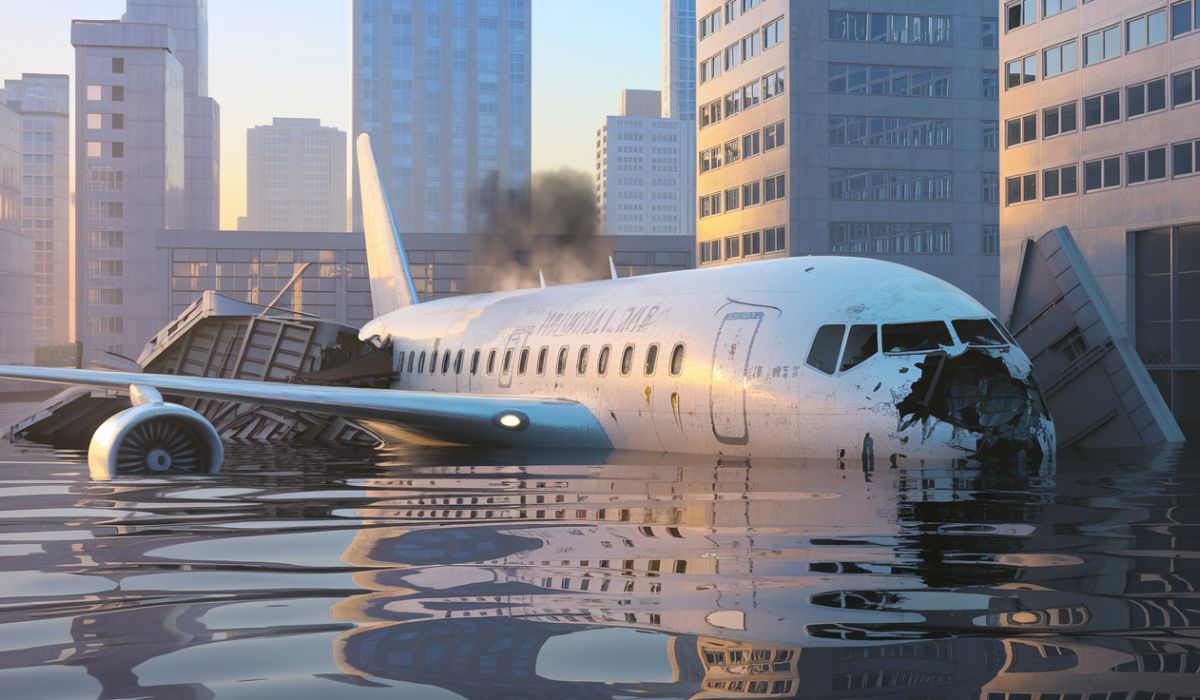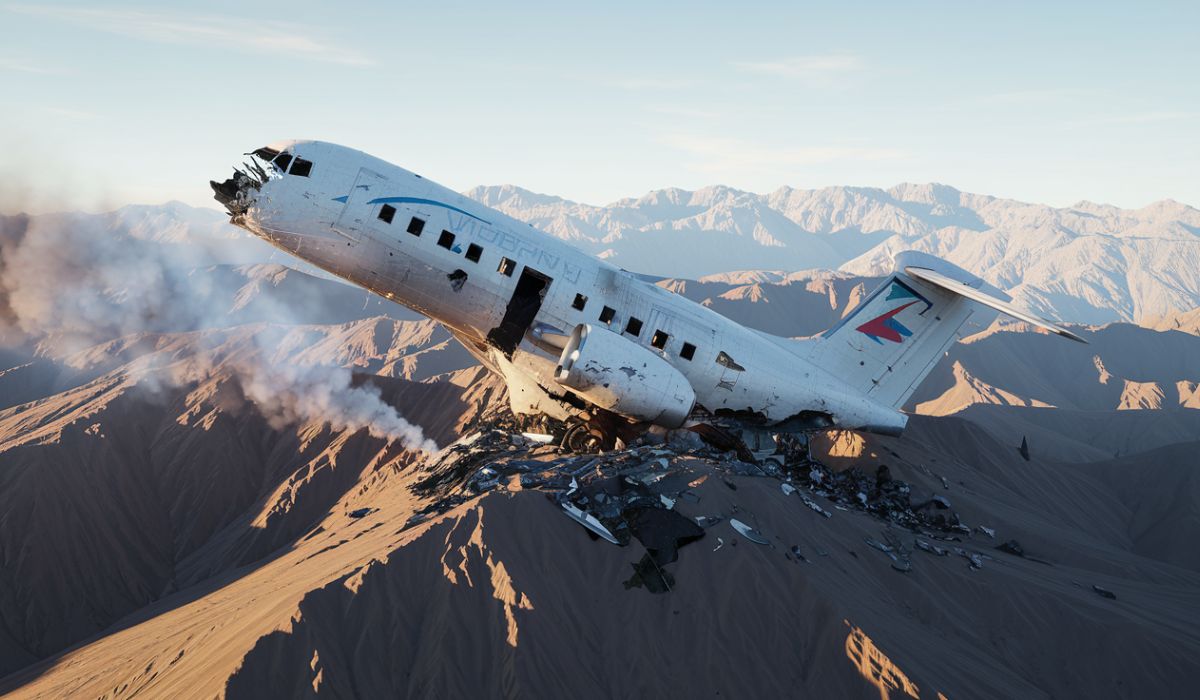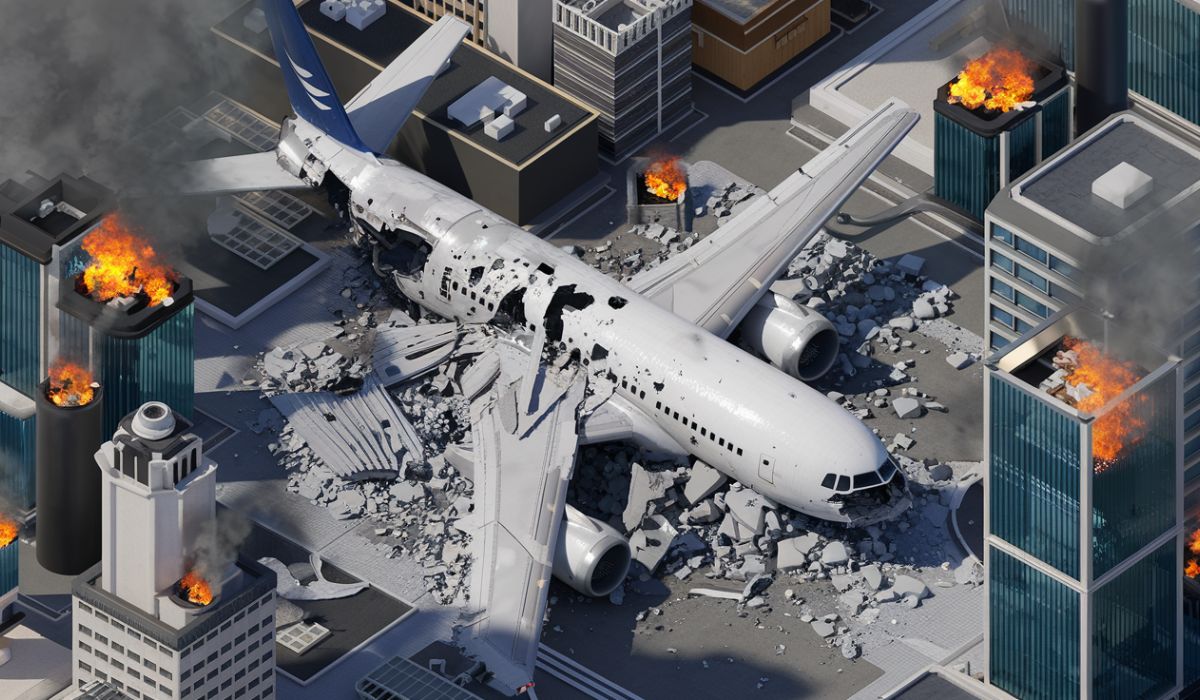Introduction
When we think of California, images of stunning coastlines, bustling cities, and innovation come to mind. However, the state has also witnessed several tragic plane crashes, each leaving behind tales of loss, resilience, and questions about safety. But what causes these crashes? And how can we, as travelers or aviation enthusiasts, feel safer? In this article, we delve deep into the “plane crash California” keyword, exploring causes, impacts, and measures for safer skies.
Understanding Plane Crashes
A plane crash isn’t just a mechanical failure; it’s often a sequence of events that spirals out of control. These incidents can be likened to a domino effect—one small error or malfunction triggering a catastrophic outcome. For many, this remains one of the greatest fears of modern travel.
A History of Plane Crashes in California
California has a long aviation history, and unfortunately, it’s also been the site of numerous plane crashes. From private aircraft accidents to high-profile commercial disasters, each incident carries its own unique story.
Notable Incidents:
- In 1978, a mid-air collision over San Diego shocked the nation.
- The 2000s saw increasing crashes involving small private planes.
- Recent years have seen drones and technological advancements play new roles in aviation accidents.
Factors Behind Plane Accidents
What causes a plane to crash? The reasons are varied and complex:
- Mechanical Failures: Faulty engines or system malfunctions.
- Human Error: Pilot misjudgments or mistakes by air traffic control.
- Weather Conditions: Fog, storms, or unexpected wind patterns.
- Bird Strikes: Believe it or not, even birds can disable an aircraft.
Each crash reveals a web of contributing factors that remind us of how complex flying really is.
Recent Notable Incidents
Santa Ana Plane Crash (2022)
A small plane crashed near a busy intersection, highlighting the risks small aircraft face in urban environments.
2023 Sacramento Emergency Landing
A commercial flight successfully avoided tragedy due to skilled piloting after engine issues.
The Human Impact of Plane Crashes
Behind every crash are stories of lives altered forever. Survivors’ resilience, families coping with loss, and the heroism of first responders paint a poignant picture of humanity amid tragedy.
Lessons Learned From Past Crashes
The aviation industry continually evolves based on lessons learned from accidents. Investigations often lead to better safety protocols and advanced technologies, reducing the likelihood of future incidents.
Safety Innovations in Aviation
Aviation safety has seen groundbreaking advances:
- Enhanced Navigation Systems: GPS and autopilot systems.
- Collision Avoidance Technology: Alerts to prevent mid-air collisions.
- Aircraft Design Improvements: Stronger materials and crash-resistant features.
Role of Pilots and Air Traffic Control
The expertise of pilots and the precision of air traffic control teams form the backbone of aviation safety. Their coordination can mean the difference between a successful flight and disaster.
Emergency Response in California
California’s first responders are trained for aviation emergencies. Coordination between fire departments, paramedics, and law enforcement ensures a swift and effective response to incidents.
How Can Passengers Stay Informed?
Passengers can increase their safety awareness by:
- Staying Updated: Using airline apps for flight information.
- Listening to Safety Briefings: Don’t tune out those pre-flight instructions!
- Following Instructions in Emergencies: Reacting quickly can save lives.
Measures to Prevent Plane Crashes
The aviation sector prioritizes prevention through:
- Regular Maintenance Checks: Ensuring aircraft are in perfect condition.
- Pilot Training: Ongoing education for real-time challenges.
- Advanced Monitoring Systems: Diagnosing issues before takeoff.
General Aviation vs. Commercial Flights
Did you know general aviation (like private jets) has a higher accident rate than commercial airlines? While both are safe, more resources are directed toward commercial flight safety.
Statistics: How Safe Is Flying?
Flying remains the safest mode of transport. Statistics reveal:
- 1 in 11 million chance of being in a crash.
- Over 40 million safe flights annually worldwide.
Advocacy for Better Safety Regulations
Advocacy groups in California push for:
- Stronger pilot licensing standards.
- Enhanced oversight of smaller airports.
- Better integration of technology in general aviation.
Looking Forward: The Future of Aviation Safety
The future promises even greater safety innovations:
- Autonomous Aircraft: Reducing human error.
- Sustainable Aviation: Safer and environmentally friendly aircraft.
- AI-Powered Systems: Real-time monitoring for preemptive measures.
Conclusion
The phrase “plane crash California” stirs both fear and curiosity. While these tragic events are rare, they remind us of the inherent risks in aviation. Yet, with continued advancements and lessons from past mistakes, the skies are safer than ever before. As passengers, staying informed and following safety protocols can further enhance our sense of security while flying.
FAQs
1. What is the most common cause of plane crashes? Human error is the leading cause, followed by mechanical failures and adverse weather conditions.
2. Are smaller planes more dangerous than commercial ones? Yes, general aviation has a higher accident rate compared to commercial airlines, largely due to fewer resources and oversight.
3. What should I do in a plane emergency? Listen to crew instructions, stay calm, and follow the safety briefing steps given at the start of the flight.
4. Has aviation safety improved over time? Absolutely. Advances in technology, training, and safety protocols have significantly reduced accidents.
5. How does California handle plane crash investigations? The National Transportation Safety Board (NTSB) leads investigations, supported by local agencies and aviation experts.
For More Visit : usweekly.uk



